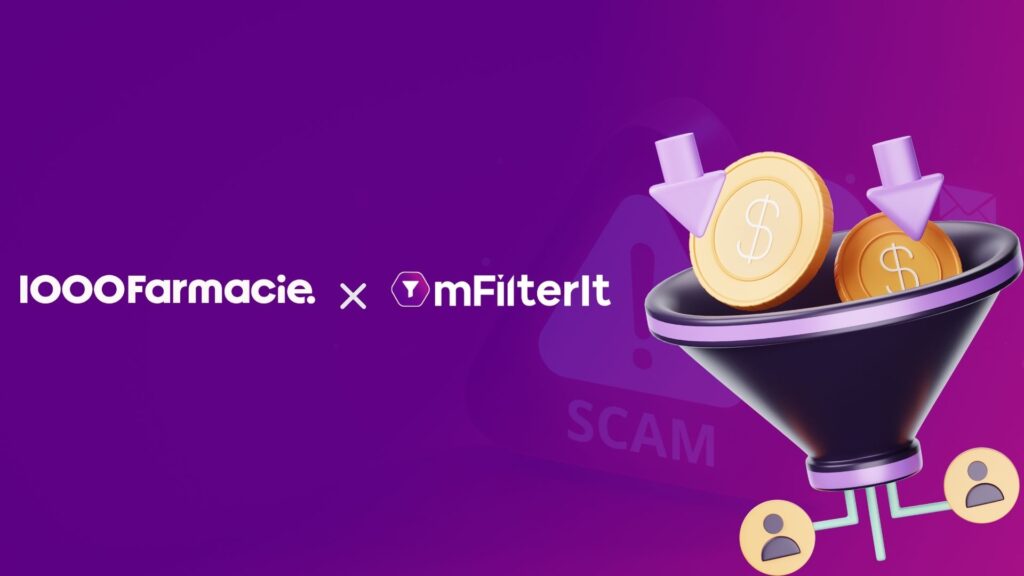The Share-of-Digital-Shelf on e-commerce platforms measures the recurrence of a brand’s product listings versus the competition based on keywords. It informs brands about their discoverability on eCommerce platforms like Shopee, Amazon, Flipkart, etc. Higher discoverability through keyword searches could likely trigger higher click-through rates, add-to-cart actions, conversions/sales, etc., of organic and sponsored listings.
Brands optimize their Product Display Page (PDP) using SEO and customer-centric information to optimize their discoverability on the digital shelf. Product listings with higher visibility or ranking often have a higher chance of achieving the SOS goals. Optimizing SOS requires enhancing the findability of paid and organic keywords, improving the perfect page analysis scores, finding customer-centric touchpoints, etc.
Optimizing the digital share-of-shelf on eCommerce platforms is a dynamic and ongoing process, which can be easily comprehended using eCommerce Competitive Analytics, a.k.a. mScanIt. Moreover, the solution offers advantages like keeping an eye on the competitor’s digital shelf progression across eCommerce platforms and helps to identify opportunities for growth for your brand.
Table of Contents
ToggleHow to Optimize Digital Share-of-Shelf on eCommerce Platforms?
Table of Content
- Monitor the Digital SOS
- Ensure Brand Compliance Across e-commerce Platforms
- Address Consumer Grievances in Real-Time
- Discover eCommerce Trends
Monitor the Digital SOS
The easiest and simplest solution to keep track of digital SOS is by using eCommerce Competitive Analytics. The digital shelf analytics reveals your brand’s share versus the competitors on generic, brand, and competition keywords. Brands with higher discoverability and visibility on keyword searches acquire a higher SOS.
In addition, analyzing the digital shelf at category, variant, SKU, and other levels gives in-depth information about the brand’s performance and keeps track of the competitor’s performance in real time. Therefore, brands can find opportunities for scaling up their business by monitoring the digital shelf.
Ensure Brand Compliance Across e-commerce Platforms
Third-party, or unauthorized sellers of the brand products often give discounts, promotions, offers, etc., that create MAP (Minimum Advertised Price) violations. In addition, it causes the diversion of brand customers to sellers that could even provide duplicate or counterfeit products and create a bad reputation in the market.
Besides this, brands need to monitor their PDPs continuously, as consumers constantly share their reviews and ratings, which could include remarks like fake, duplicate, counterfeit, etc., as consumer feedback. Moreover, it could help find sellers not associated with the brand and report them to the eCommerce marketplaces.
At times, the product information could also consist of discrepancies and need attention to detail so that the customers no longer get misled by third-party or unauthorized retailers.
Address Consumer Grievances in Real-Time
The Customer Q&A section of the product pages on eCommerce platforms often consists of problems, queries, tell-tale signs of customer demands, etc. At times, multiple questions might require a similar answer. For example, smartphone brands commonly find this question in different forms – “does it come with an adapter?” Being a proactive brand that monitors and answers consumers’ queries within 24 hours can certainly impact add-to-cart actions and conversions/sales.
Similarly, mScanIt’s proprietary Sentiment Analysis consists of sentiment intensity scales. Whenever the negative or neutral scale moves upwards, it is time to find the cause for the same from the word cloud. The word cloud highlights the problematic areas and the number of times they occurred in duration on an eCommerce platform under the sentiment themes.
Customers often leave feedback under the reviews and ratings related to packaging, delivery, counterfeit/duplicate products, etc. The brand could allocate the relevant teams to address the buyer issues and might influence the sentiment intensity, as other customers would read the same replies making a decision.
Moreover, brands often leave their customer service number in replies, creating a similar impact and enabling brands to control R&R and influence the overall sentiment score.
Optimize the PDP with the Search Intent
The product listings on eCommerce platforms should match the common searches of the consumers. Monitoring aspects helps brands to find their areas of improvement, such as keywords that have a higher SOS for the competitors and are usable under specific product variants of the brands. Our solution also detects pin code level SOS, which helps brands segregate their product listings based on the SOS of a particular geo.
Higher SOS of the competitors would also mean greater frequency of their product listings. Therefore, brands can optimize the PDP of similar variants to increase the recurrence of their listings. At times, brands can find the intent searches by analyzing competitors’ keywords with the highest SOS. Analyzing the title, product description, bullet points, A+ content, and other relevant detail scores can help see the number of mentions of the intent-based search keyword and enable SEO optimization.
Conclusion
Optimizing the factors influencing the digital shelf positioning and sharing is a brand’s priority, made possible using eCommerce Analytics, a.k.a. mScanIt. The solution detects sentiment analysis, reviews and ratings, Q&A, and other factors in real-time, which helps brands address consumer grievances, optimize product pages, ensure eCom marketplace compliances, etc.
Our solution is used by world leaders in finance, banking, food, Q-commerce, Quick Service Restaurants, gaming, beauty, fashion, and other industries.
Get in touch to learn more about the digital shelf.









